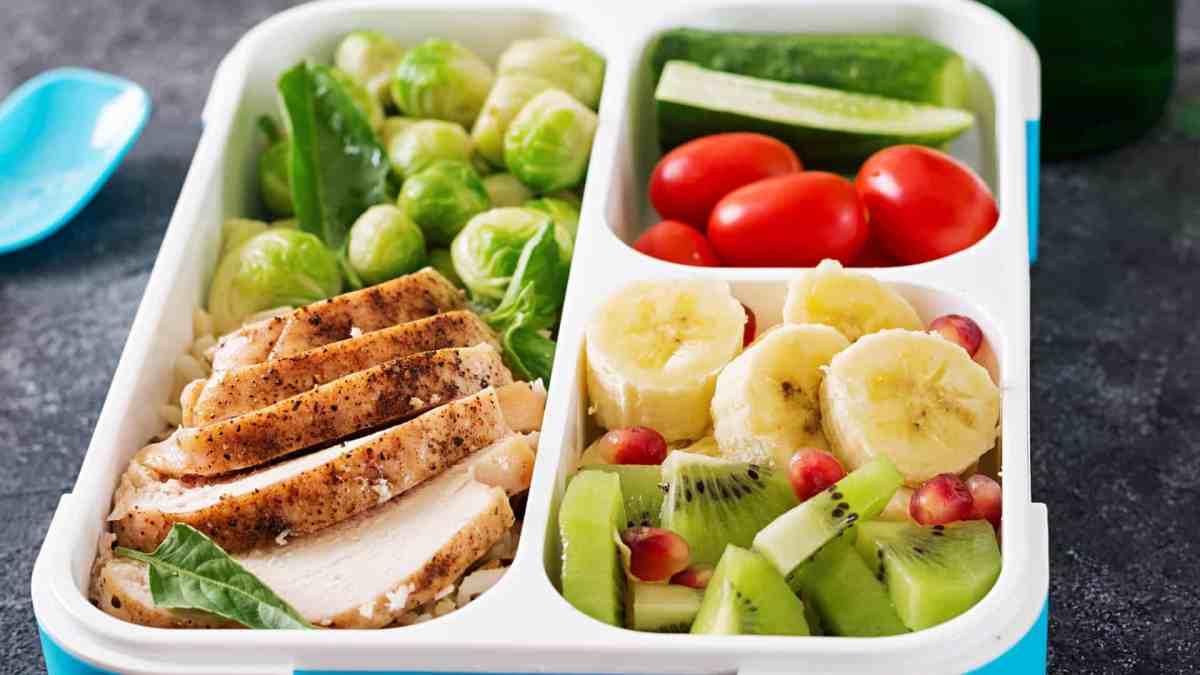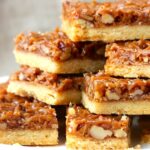Unleash your inner chef and embark on a culinary journey to craft the ultimate Banting lunch bowl! This isn’t just about throwing ingredients together; it’s about mastering the art of balanced nutrition, vibrant flavors, and satisfying textures. Imagine a bowl bursting with color, a symphony of tastes dancing on your palate – a masterpiece designed to nourish your body and delight your senses. We’ll explore the secrets to selecting the perfect protein, preparing vegetables to retain their nutrients, and creating dressings that elevate your bowl from ordinary to extraordinary.
From choosing Banting-friendly proteins like succulent grilled chicken or flaky baked salmon to mastering the art of perfectly roasted vegetables, we’ll guide you through each step. We’ll uncover the magic of healthy fats, showcasing their crucial role in satiety and overall well-being. Discover diverse flavor combinations that will tantalize your taste buds, and learn how to plate your creation to make it as visually stunning as it is delicious. Prepare to transform your lunch break into a vibrant and healthy experience.
Banting Lunch Bowl

The Banting diet, emphasizing low-carbohydrate and high-fat intake, offers a flexible framework for creating satisfying and nutritious meals. A Banting lunch bowl provides a visually appealing and customizable option, perfect for incorporating a variety of flavors and textures while adhering to dietary guidelines. This section explores recipe variations, customization options, and plating techniques to elevate your Banting lunch bowl experience.
Banting Lunch Bowl Recipe Variations
Three distinct Banting lunch bowls, each featuring a different protein source, showcase the versatility of this dietary approach. The key is to balance protein, healthy fats, and low-carb vegetables for a complete and satisfying meal.
- Chicken & Avocado Bowl: Grilled or roasted chicken breast, diced, forms the protein base. A vibrant bed of shredded red cabbage and chopped bell peppers provides color and crunch. Creamy avocado slices add healthy fats and a rich texture. A drizzle of olive oil and a sprinkle of toasted almonds complete the dish, adding further healthy fats and a satisfying crunch. The vibrant greens and yellows contrast beautifully with the white chicken and purple cabbage.
- Salmon & Asparagus Bowl: Pan-seared or baked salmon fillets, flaked, provide a rich source of protein and omega-3 fatty acids. Tender-crisp asparagus spears, lightly roasted, offer a subtle bitterness that complements the salmon’s richness. A dollop of full-fat Greek yogurt adds a creamy element and a boost of protein. Toasted sesame seeds sprinkled on top add a nutty flavor and visual appeal, contrasting with the green asparagus and orange salmon.
- Beef & Broccoli Bowl: Thinly sliced beef stir-fried with broccoli florets creates a savory and satisfying base. A drizzle of coconut aminos adds a subtle sweetness and umami flavor. Chopped macadamia nuts provide healthy fats and a satisfying crunch. The dark green broccoli contrasts beautifully with the brown beef and the light brown macadamia nuts. The visual texture contrast between the smooth beef and the slightly rough broccoli is also appealing.
The Benefits of Incorporating Healthy Fats
Healthy fats are crucial in a Banting lunch bowl, providing sustained energy, promoting satiety, and supporting overall health. They are not just for flavor; they play a vital role in nutrient absorption and hormone production.
- Avocado: Rich in monounsaturated fats, avocados contribute to heart health and help regulate cholesterol levels. Their creamy texture adds richness to the bowl.
- Olive Oil: A source of monounsaturated fats and antioxidants, olive oil adds flavor and contributes to cardiovascular health. A light drizzle adds visual appeal and shine.
- Nuts & Seeds: Macadamia nuts, almonds, and sesame seeds offer a mix of monounsaturated and polyunsaturated fats, along with fiber and essential nutrients. Their textures and colors add visual interest and a satisfying crunch.
Preparing a Visually Appealing Banting Lunch Bowl
Plating techniques significantly impact the visual appeal of a Banting lunch bowl. Consider color contrast, texture variation, and height to create a visually stunning and appetizing presentation.
Begin by arranging the main protein source in the center of the bowl. Then, strategically place the vegetables around the protein, creating a visually pleasing arrangement. Use contrasting colors to create a vibrant and appealing look. For example, a bright green vegetable like broccoli would contrast nicely with a darker vegetable like roasted eggplant. Adding a dollop of healthy fat, like avocado or Greek yogurt, adds both visual interest and flavor. Finally, a sprinkle of nuts or seeds provides texture and visual appeal. Consider using a variety of shapes and sizes of vegetables and toppings to add visual interest.
Cooking Methods for Banting-Friendly Grains
While the Banting diet limits grains, cauliflower rice offers a low-carb alternative. Three methods highlight different textures and flavors.
- Grating: Using a box grater produces a coarser texture, similar to couscous. This method is quick and simple, ideal for a weeknight meal. The cauliflower retains a slightly firmer texture.
- Food Processor: A food processor creates a finer texture, resembling traditional rice. This method is efficient for larger batches but may result in a slightly mushier texture if over-processed.
- Rice Cooker: Using a rice cooker with a steaming function produces a fluffy texture similar to steamed rice. This method requires more time but yields a lighter, more delicate texture.
Creating the perfect Banting lunch bowl is more than just a recipe; it’s a mindful approach to healthy eating. By understanding the principles of ingredient selection, preparation techniques, and nutritional balance, you can craft a personalized masterpiece that satisfies your hunger and nourishes your body. Remember, the key lies in vibrant color combinations, a balance of textures, and the delightful dance of flavors. So, embrace the journey, experiment with different combinations, and savor the delicious results of your culinary creation. Your body will thank you for it!
Quick FAQs
Can I use leftovers from dinner to create a Banting lunch bowl?
Absolutely! Leftover roasted chicken, grilled fish, or even steak make excellent additions to your Banting lunch bowl. Just ensure they’re properly stored and reheated.
Are there any specific vegetables I should avoid on a Banting diet?
While most vegetables are fine, limit those higher in carbohydrates like potatoes, corn, and peas. Focus on leafy greens, broccoli, cauliflower, and other lower-carb options.
How long can I store a prepared Banting lunch bowl in the refrigerator?
Ideally, consume your Banting lunch bowl within 2-3 days for optimal freshness. Properly sealed containers are essential for maintaining quality.
What are some good substitutes for cauliflower rice?
Other low-carb alternatives include zucchini noodles, shredded cabbage, or finely chopped broccoli.
Can I freeze Banting lunch bowls?
Freezing is generally not recommended for Banting lunch bowls as the textures of some ingredients may change upon thawing.


